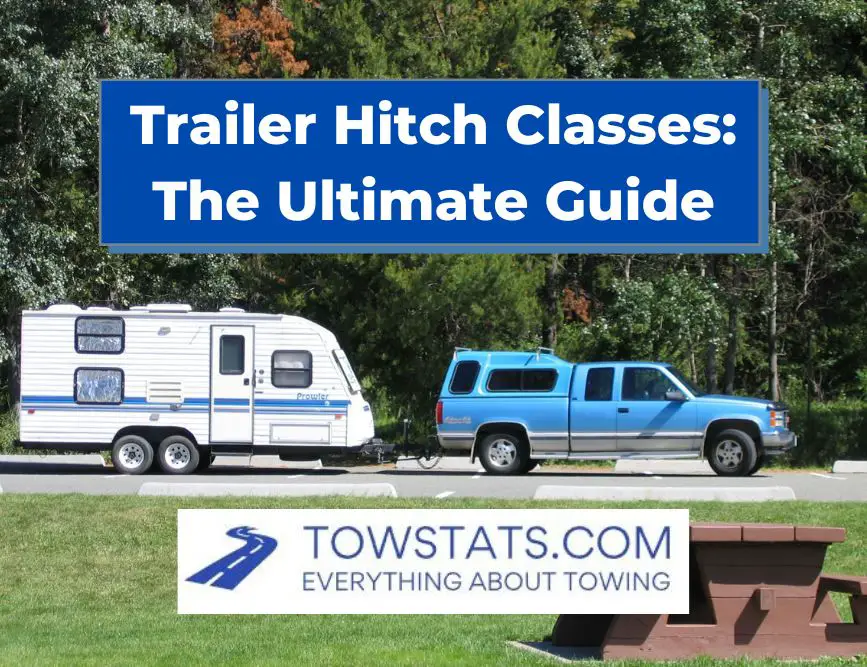If you’re in the market for a trailer hitch, one of the first things you’ll come across is the different trailer hitch classes available. Choosing between them can seem overwhelming at first, but don’t worry – we’re here to help.
In this guide, we will explain everything you need to know about trailer hitch classes.
We’ll discuss the differences in each, their advantages, and determine which class is best for your needs.
Hitch Classes: An Overview
It’s important to note that when we are talking about trailer hitch classes, we’re specifically referring to receiver hitches.
Receiver hitches are one of several types of hitches, which is why we need to call that out.
Receiver hitches are usually mounted to a vehicle’s frame and provide a square hole called a receiver tube, where you can attach different towing attachments.
These towing attachments can range from trailer balls to bike racks or cargo carriers and beyond, and can affect your vehicle’s towing capacity.
Hitches are rated from Class 1 to Class 5.
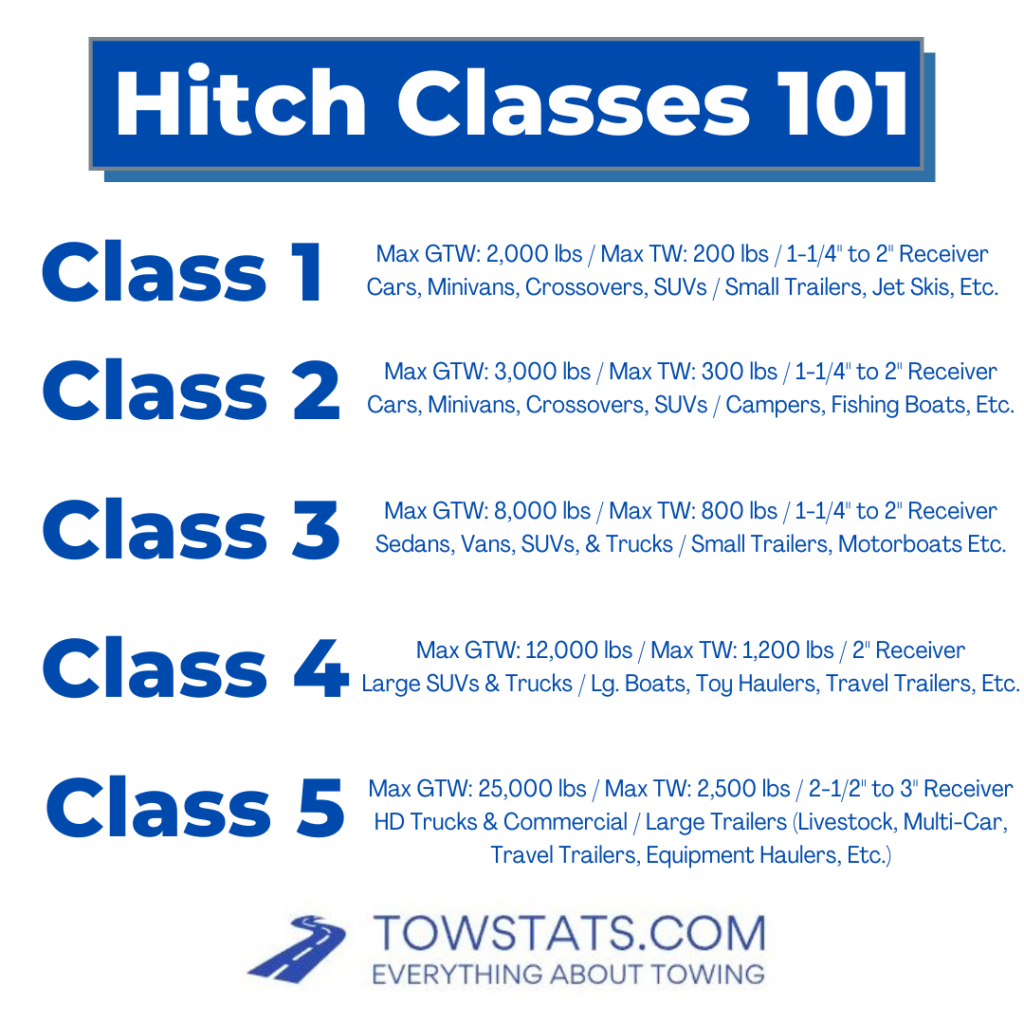
As a general rule, as you go up in receiver class number, the higher the weight capacity and the larger the tow hitch receiver sizes (aka tube openings) are.
You may need a wider receiver tube opening to use bigger mounts for larger trailer ball sizes and the type of trailer you’re towing.
Certain hitch classes may only be available on specific types of vehicles depending on the maximum gross trailer weight (GTW) and maximum tongue weight (TW) allowed.
Now that we’ve got the basics down, let’s move on to the different hitch classes.
Class 1 Hitch
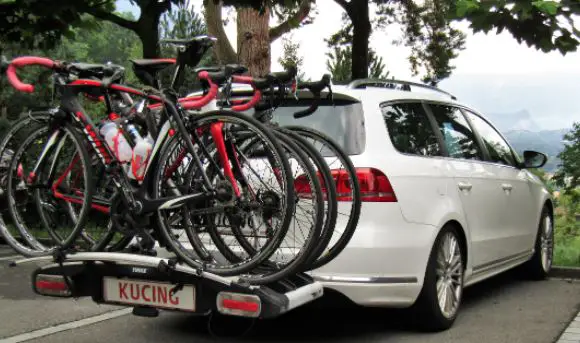
A Class 1 (or Class I) hitch is the “starting point” of the trailer hitch classes.
These hitches are usually rated for up to 2,000 lbs of towing and a maximum tongue weight of 200 lbs.
They’ll have receiver tube openings between 1-1/4″ to 2″.
Class 1 hitches are usually used on cars, sedans, minivans, crossovers, and small SUVs.
Class 1 hitches can usually pull lightweight pop-up campers, jet ski trailers, small utility trailers, bike racks, cargo trays, and fishing boat trailers.
Class 1 Hitch Specs:
- Max GTW: up to 2,000 lbs
- Max TW: up to 200 lbs
- Receiver Opening: 1-1/4″ to 2″
- Typical Tow Vehicles: Cars, Sedans, Minivans, Crossovers, Small SUVs
- Typical Towing Uses: Small Trailers, Kayaks, Canoes, Cargo Carriers, Jet Skis, Fishing Boats, Bike Racks, & Mobility Scooters
Class 2 Hitch
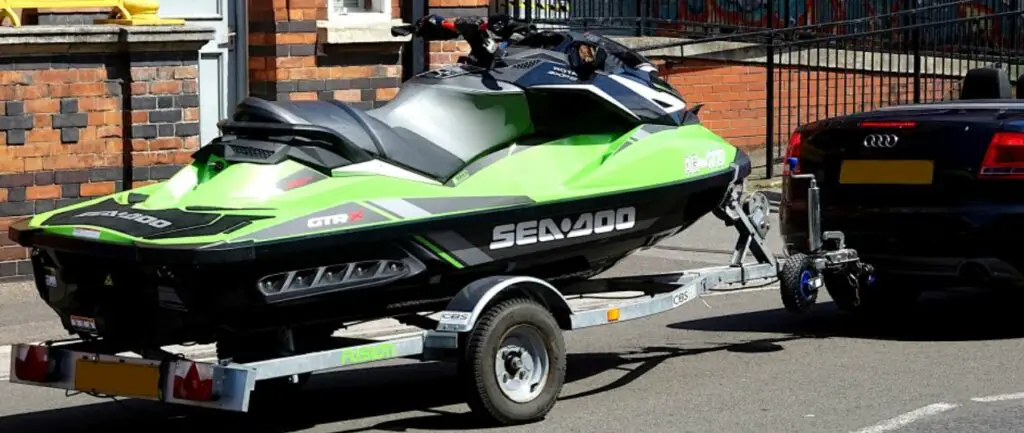
A Class 2 (or Class II) hitch can carry a bit more weight than a Class 1 hitch.
Class 2 hitches can handle up to 3,500 lbs of weight carrying and a maximum tongue weight of 350 lbs.
They also have receiver tube openings between 1-1/4″ to 2″.
Class 2 hitches are found on sedans, vans, SUVs, and some light duty trucks like the Toyota Tacoma, Chevy Colorado, and Ford Ranger.
Class 2 hitches are usually used to tow small campers, boat trailers, utility trailers, ATV & motorcycle trailers, small cargo trailers, jet ski trailers, and “gear hauling” accessories like bike racks.
Class 2 Hitch Specs:
- Max GTW: up to 3,500 lbs
- Max TW: up to 350 lbs
- Receiver Opening: 1-1/4″ to 2″
- Typical Tow Vehicles: Cars, Sedans, Minivans, Crossovers, SUVs
- Typical Towing Uses: Lightweight Pop-Up Campers, Small Trailers, ATVs, Motorcycles, Kayaks, Canoes, Cargo Carriers, Jet Skis, Small Boats, Bike Racks, & Mobility Scooters
Class 3 Hitch
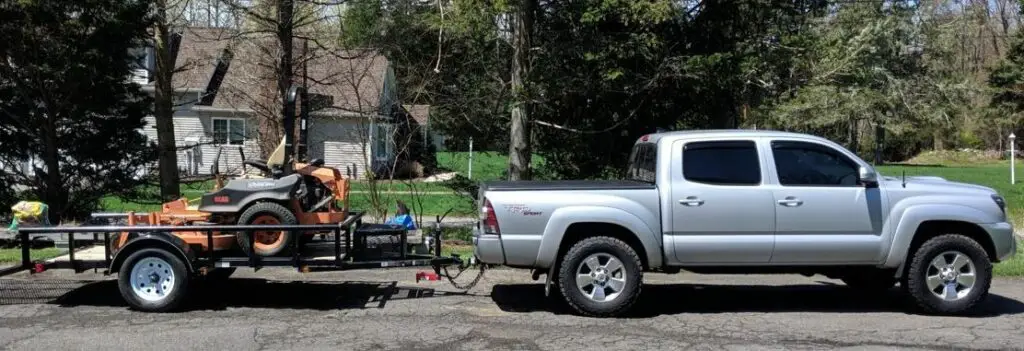
A Class 3 (or Class III) hitch is the most common hitch you’ll see on the road.
A Class 3 trailer hitch can handle up to 8,000 lbs of towing (depending on the hitch manufacturer and model), and a maximum tongue weight of up to 800 lbs (also manufacturer/model dependent).
Class 3 hitches usually have receiver openings of 2″.
Class 3 hitches are often found on larger cars, full-size vans, light-duty and full-size trucks, and medium to large SUVs.
You can tow medium-sized campers, lightweight travel trailers, jet ski trailers, motorcycle/ATV/UTV trailers, cargo trailers, utility trailers, boat trailers, and more with a Class 3 hitch.
An important distinction with the 2″ receiver size available on Class 3 hitches and beyond is that once you reach a 2″ opening, you are able to use a weight distribution hitch.
This weight distribution system helps to offload the heavy tongue weight on larger items, helping to reduce trailer sway and offer a safer towing experience.
These are a type of hitch stabilization device that’s usually used in conjunction with a traditional ball mount.
Class 3 Hitch Specs:
- Max GTW: up to 8,000 lbs
- Max TW: up to 800 lbs
- Receiver Opening: 2″
- Typical Tow Vehicles: Sedans, Full-Size Vans, Midsize & Large SUVs, Trucks
- Typical Towing Uses: Utility trailers, Lawn Equipment, Motorcycles, Snowmobiles, Canoes, Kayaks, Motorized Boats, Cargo Carriers, Bike Racks, Lightweight Travel Trailers, Pop-Up Campers, Small Campers
Class 4 Hitch
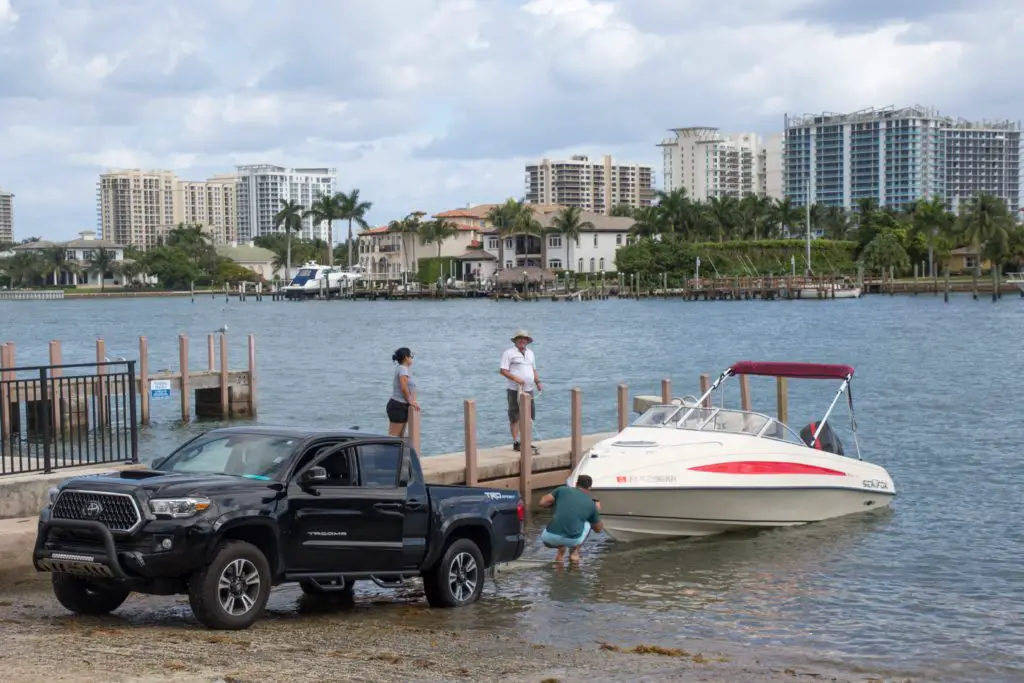
Class 4 (Class IV) hitches are found on larger trucks and SUVs.
A Class 4 hitch can handle up to 12,000 lbs of towing and up to 1,200 lbs of tongue weight (depending on the make and model of your hitch).
Class 4 hitches typically have 2″ receiver openings.
These hitches are best for towing large boats, toy haulers, travel trailers, utility trailers, small livestock trailers, and more.
Class 4 Hitch Specs:
- Max GTW: up to 12,000 lbs
- Max TW: up to 1,200 lbs
- Receiver Opening: 2″
- Typical Tow Vehicles: Large SUVs, Trucks
- Typical Towing Uses: Horse Trailers, Large Boats, Large Campers, Large Travel Trailers, Toy Haulers
Class 5 Hitch
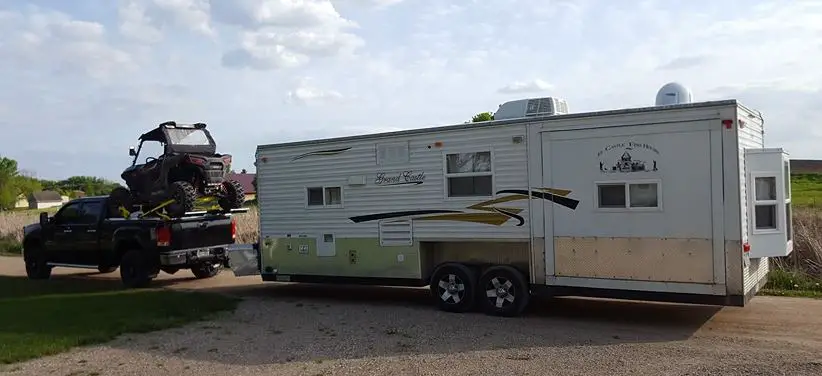
Class 5 (Class V) hitches are the highest-rated hitch class out there.
Class 5 hitches boast a max towing capability of up to 20,000 lbs and up to a 2,700 lb max tongue weight.
Class 4 hitches typically have 2″ to 3″ receiver openings.
This high weight capacity makes them great for pulling large travel trailers, toy haulers, multi-car trailers, large boats, equipment haulers, and more.
Due to the high weight demand of those towing applications, the vehicle’s towing capacity must match, of course.
Because of this, you’ll only see Class 5 hitches on heavy-duty trucks like the Ford F-250, Chevy Silverado 2500, Ram 2500, and on commercial vehicles like dump trailers and flatbeds.
Class 5 Hitch Specs:
- Max GTW: up to 25,000 lbs
- Max TW: up to 4,000 lbs
- Receiver Opening: 2-1/2″ to 3″
- Typical Tow Vehicles: Heavy-Duty Trucks, Commercial Trucks
- Typical Towing Uses: Large Travel Trailers, Livestock Trailers, Multi-Car Trailers, Large Toy Haulers, Large Boats, Equipment Haulers
Other Trailer Hitch Classes
As RVs and travel trailers continue to get heavier, hitch manufacturers have started to see demand for receiver hitches that go beyond a 20,000 lb max towing load.
Some manufacturers have options that can handle up to 30,000 lbs and a max tongue weight of 3,000 lbs, but these don’t have an “official” class rating.
The main issue of these higher-rated hitch classes is that there just aren’t enough vehicles on the market that have the towing capacity to make use of them.
What Hitch Do You Have?
If you already have a hitch installed and are wondering what class it is, check out our guide on how to tell what class hitch you have.
In that guide, we cover some quick and easy ways to identify your hitch.
Frequently Asked Questions
Hitch classes range from Class 1 to Class 5, with Class 1 being able to tow the least and Class 5 being able to tow the most.
Hitch classifications are sometimes expressed in Roman numerals (Class I – Class IV).
As the hitch class goes higher, it means that it can pull more weight.
There are certain classes of hitches that will only work with certain vehicles, so it’s important to pay attention to which class of hitch you’re using.

